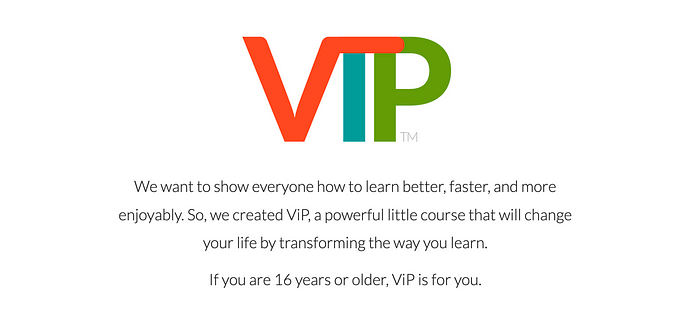
VUCA unpacked (1)—Introduction
The goal of this series is to demystify VUCA skills. You will learn what VUCA skills are, how they relate to one another, and how my colleagues and I leverage maps of VUCA skills to support optimal development.
VUCA is an acronym that stands for (Volatility, Uncertainty, Complexity, and Ambiguity). VUCA skills are required for effective performance under VUCA conditions. At Lectica, we’ve been studying and supporting the development of these skills since 2002.
We have found it useful to divide VUCA skills into four broad categories: (1) collaborative capacity, (2) perspective coordination, (3) contextual thinking, and (4) decision-making process skills. We do not claim that these categories are exhaustive or that they have clear boundaries. In fact, our study of these skills is ongoing and the boundaries between categories are quite permeable. We claim only that these categories are useful in helping people develop optimally.

In addition to dividing VUCA skills into 4 fuzzy categories, we also map their contents onto a skill hierarchy. The figure above portrays an idealized model of this skill hierarchy. As you can see, meta-skills are at the top of the hierarchy and micro-skills are at the bottom.
We place “ VUCA skills” at the top of the hierarchy because it is a large collection of related skills—a meta-skill. The four broad VUCA skill categories—collaborative capacity, perspective coordination, contextual thinking, and decision-making process—are considered mega-skills. These break down into macro, mini, and micro-skills. From a learning perspective, we are most interested in micro-skills, which are particularly useful because they, by definition, can be practiced in context, in realtime.
Check out the article on micro-VCoLs and micro-VCoLing to learn more about micro-skills and how we use them to support optimal development.
Although our tidy little skill hierarchy may appear to suggest that skills conveniently form an orderly 5-level hierarchy, the reality is much messier. Real skills are far from orderly. As with the VUCA skills categories discussed above, the skill hierarchy is a useful tool, in this case, because it simplifies the process of identifying micro-skills and helps us see how skills relate to one another. At Lectica, insights from skill-mapping inform curricula, development plans, report content, and the development of micro-VoLs.
My colleagues and I are especially interested in micro-skills because the only way skills can be developed is through practice, and practice always occurs at the micro-level. As noted above the definition of micro-skill is: “a skill that can be practiced in context, in realtime.” A tennis player learns a new backhand technique by practicing the technique. A guitarist learns to play a new chord by practicing that chord. Team members learn to ask clarifying questions by asking clarifying questions.
Multiple micro-skills contribute to mini-skills, which contribute to macro-skills, which contribute to mega-skills, & etc. Virtuosity emerges from the ongoing in-context practice of micro-skills.
What’s next
The next four articles in this 5-part series unpack the VUCA mega-skills. We’ll begin with collaborative capacity macro-skills, because they are the most foundational of all VUCA skills. They include:
- self-regulation,
- perspective-seeking,
- perspective-taking,
- communication, and
- persuasion.
Next, we’ll tackle perspective-coordination skills, which leverage collaborative capacity skills in the service of:
- identifying relevant perspectives,
- integrating perspectives, and
- supporting productive interactions.
Contextual thinking skills, which lean heavily on collaborative capacity and perspective-coordination skills, come next. They include:
- understanding the situation,
- considering the historical context,
- considering the larger context, and
- accounting for constraints.
Finally, we’ll dig into decision-making process macro-skills. They include:
- setting goals,
- gathering & evaluating information,
- framing,
- selecting & implementing decision-making processes, and
- evaluating outcomes.
Part 2: VUCA unpacked (2) — Collaborative capacity.

